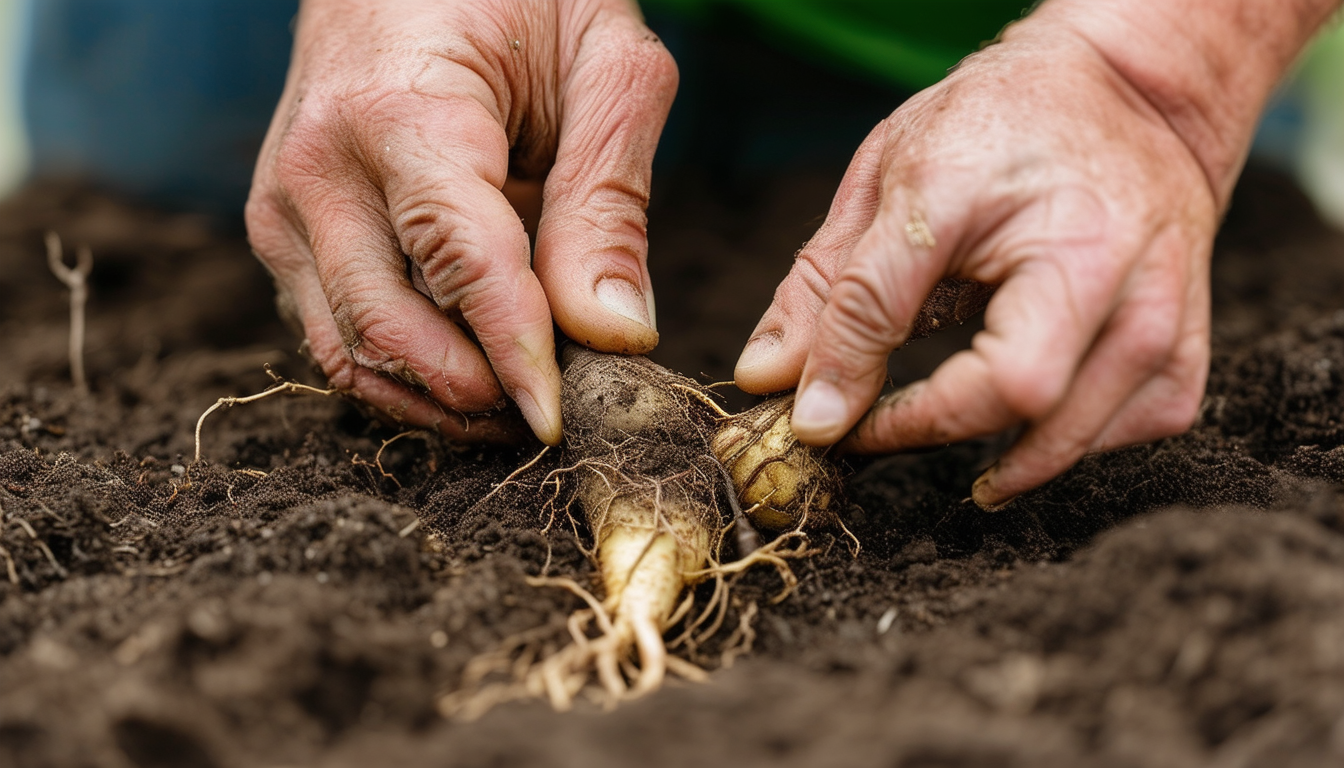
Discover the secrets to successful hardwood cutting propagation and watch your plants flourish like never before.
Understanding Hardwood Cuttings
Hardwood cuttings are a propagation technique involving mature, woody stems taken from deciduous trees and shrubs during their dormant season. This method is particularly effective for plants that are challenging to propagate through other means.
These cuttings are typically taken from the previous season's growth and are known for their ability to develop strong root systems, making them an excellent choice for gardeners looking to expand their plant collections.
Step by step guide to hardwood cuttings
1. Select a healthy parent plant with disease-free, vigorous growth.
2. Using sharp, clean pruning shears, cut a 6-12 inch section of hardwood stem. Ensure each cutting has at least 3-4 nodes.
3. Trim the cutting just below a node at the bottom and about 1 inch above a node at the top.
4. Remove any leaves or buds from the lower half of the cutting.
5. Dip the cut end in rooting hormone to enhance root development.
6. Insert the cutting into a well-draining growing medium, such as a mix of sand and peat, ensuring at least one node is buried.
7. Water the cuttings thoroughly and place them in a cool, sheltered spot with indirect light.
Choosing the Right Time for Cutting
Timing is crucial for successful hardwood cuttings. The best time to take hardwood cuttings is during the plant's dormant season, typically late fall to early winter.
During this period, the plant's energy is focused on root development rather than foliage growth, increasing the likelihood of successful propagation.
Preparing Your Cuttings for Success
Preparation is key to ensuring your hardwood cuttings have the best chance of thriving. Start by selecting healthy, disease-free stems from the parent plant.
Use sharp, clean tools to make precise cuts and handle the cuttings gently to avoid damaging the delicate tissues. Applying rooting hormone can also significantly boost root formation, giving your cuttings a head start.
Planting and Caring for Your Cuttings
Once your cuttings are prepared, plant them in a well-draining medium. Keep the medium moist but not waterlogged, as excessive moisture can lead to rot.
Place the cuttings in a sheltered location with indirect light. Regularly monitor their progress, ensuring they remain moist and free from pests and diseases. With patience and proper care, your cuttings will develop roots and eventually be ready for transplanting.
Common Challenges and Solutions
One common challenge in hardwood cutting propagation is fungal infections, which can be mitigated by using sterilized tools and a well-draining medium.
Another issue is poor root development, often due to insufficient moisture or improper timing. Ensure your cuttings are taken during the dormant season and maintain consistent moisture levels to encourage root growth.
Best plants for hardwood cuttings
Many plants respond well to hardwood cutting propagation, including popular choices like roses, hydrangeas, and fruit trees such as apples and pears.
Other excellent candidates include forsythia, lilac, and grapevines. Each of these plants can benefit from the robust root systems developed through hardwood cuttings, making them ideal for gardeners looking to expand their collections.



